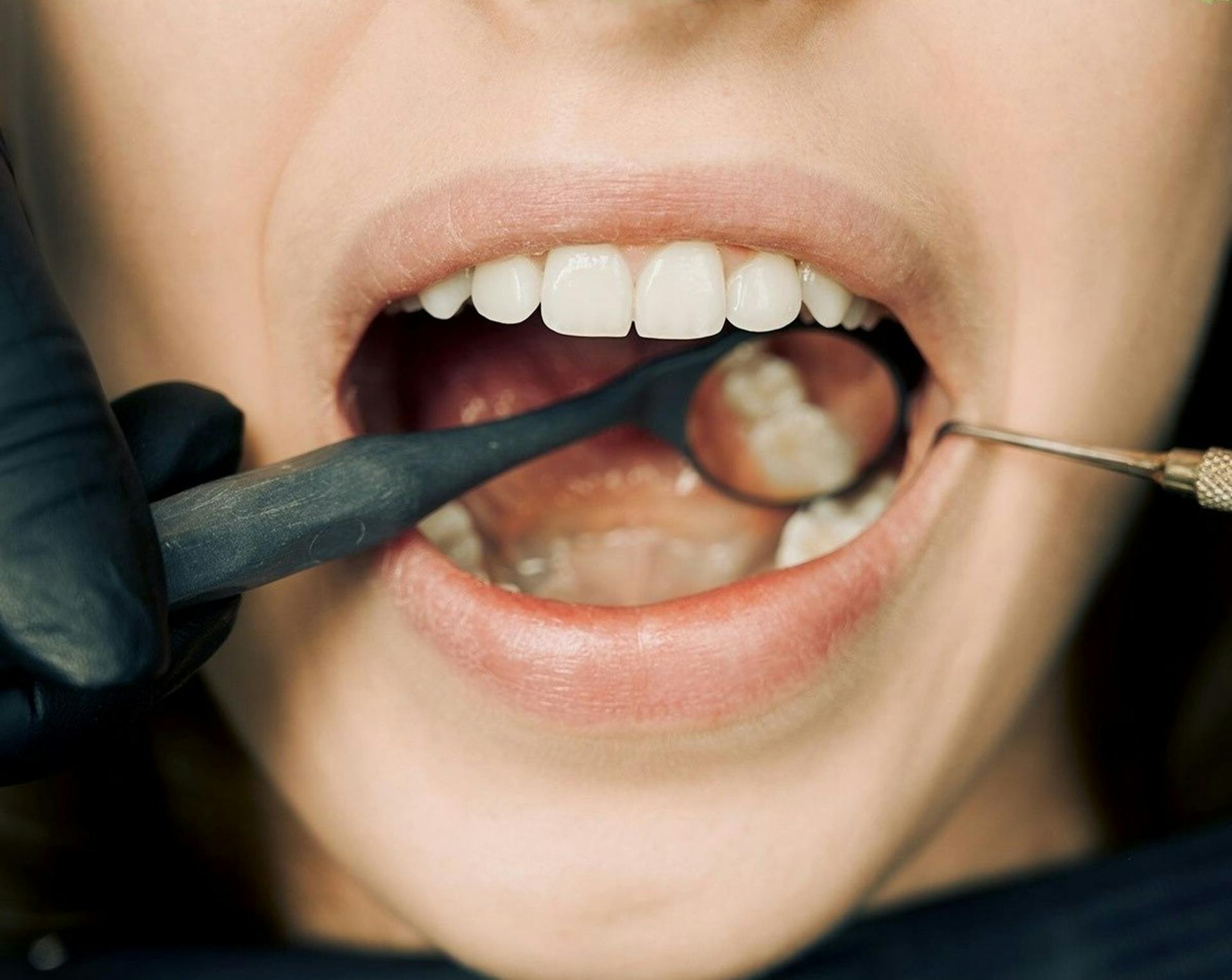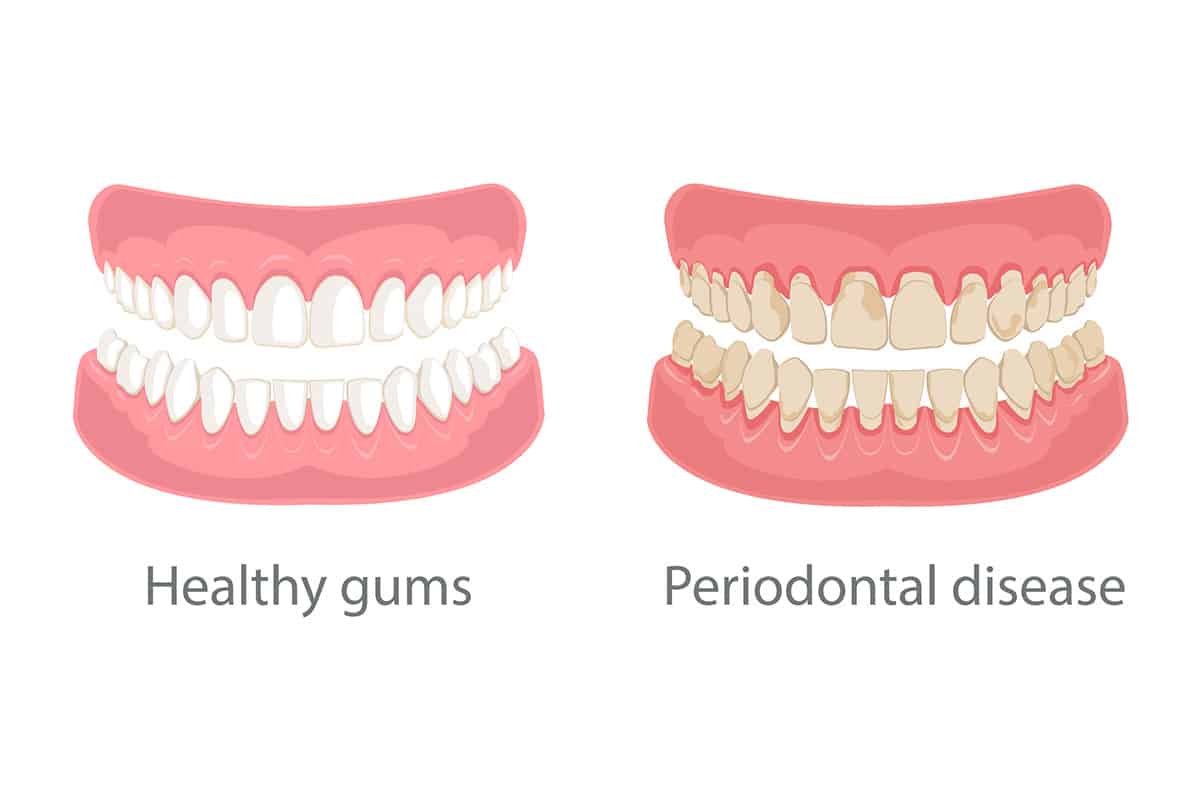Oral Fibroma Removal Options

Oral fibromas are benign tumors that can develop in the mouth, typically on the cheeks, lips, or tongue. They are usually caused by irritation or trauma to the oral tissue, and while they are non-cancerous, they can still cause discomfort, pain, and aesthetic concerns. Removing an oral fibroma is often necessary to alleviate symptoms and improve oral health. There are several oral fibroma removal options available, each with its own advantages and considerations.
Understanding Oral Fibromas
Before discussing removal options, it’s essential to understand what oral fibromas are and how they develop. Oral fibromas are growths that occur in the oral mucosa, which is the mucous membrane lining the inside of the mouth. They are typically firm, painless, and can range in size from a few millimeters to several centimeters. While the exact cause of oral fibromas is unknown, they are often associated with chronic irritation, such as biting the cheek or lip, or trauma to the oral tissue.
Removal Options
There are several oral fibroma removal options available, including:
- Surgical Excision: This is the most common method of removing an oral fibroma. The procedure involves numbing the area with local anesthesia and then surgically removing the fibroma. The removed tissue is usually sent to a laboratory for histopathological examination to confirm the diagnosis.
- Laser Removal: Laser technology can be used to remove oral fibromas, especially smaller ones. This method is less invasive than surgical excision and can result in less bleeding and scarring.
- Cryotherapy: This method involves using liquid nitrogen to freeze the fibroma, which eventually falls off. Cryotherapy is often used for smaller fibromas and can be less effective for larger growths.
- Electrocautery: This method uses an electric current to remove the fibroma. It is often used in combination with surgical excision or laser removal.
Considerations and Risks
While oral fibroma removal is generally a safe procedure, there are some considerations and risks to be aware of. These include:
- Bleeding and Swelling: As with any surgical procedure, there is a risk of bleeding and swelling after oral fibroma removal.
- Infection: There is a small risk of infection after the procedure, which can be managed with antibiotics.
- Scarring: Depending on the removal method and location of the fibroma, there may be some scarring.
- Recurrence: In some cases, the oral fibroma may recur after removal.
Pre- and Post-Removal Care
To ensure a smooth recovery and minimize the risk of complications, it’s essential to follow proper pre- and post-removal care instructions. These may include:
- Avoiding Certain Foods: Avoiding spicy, acidic, or hard foods that can irritate the mouth and delay healing.
- Maintaining Good Oral Hygiene: Keeping the mouth clean and practicing good oral hygiene to prevent infection.
- Using Pain Relief Medication: Taking pain relief medication as directed to manage discomfort and pain.
- Attending Follow-Up Appointments: Attending follow-up appointments with the dentist or oral surgeon to monitor the healing process and remove any stitches.
What are the symptoms of an oral fibroma?
+Oral fibromas are usually painless, but they can cause discomfort, pain, and aesthetic concerns. They can also cause difficulty speaking, eating, or swallowing, depending on their location and size.
Can oral fibromas be prevented?
+While the exact cause of oral fibromas is unknown, they are often associated with chronic irritation or trauma to the oral tissue. Practicing good oral hygiene, avoiding tobacco and alcohol, and wearing a mouthguard during sports can help reduce the risk of developing an oral fibroma.
Are oral fibromas cancerous?
+No, oral fibromas are benign tumors, which means they are non-cancerous. However, it's essential to have them removed and examined by a dentist or oral surgeon to confirm the diagnosis and rule out any other oral health issues.
In conclusion, oral fibroma removal is a relatively simple procedure that can be performed using various methods, including surgical excision, laser removal, cryotherapy, and electrocautery. While there are some considerations and risks to be aware of, removing an oral fibroma can alleviate symptoms, improve oral health, and enhance overall quality of life. It’s essential to consult with a dentist or oral surgeon to determine the best removal option and to discuss any concerns or questions you may have.


